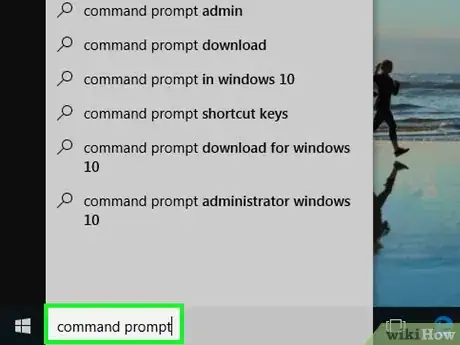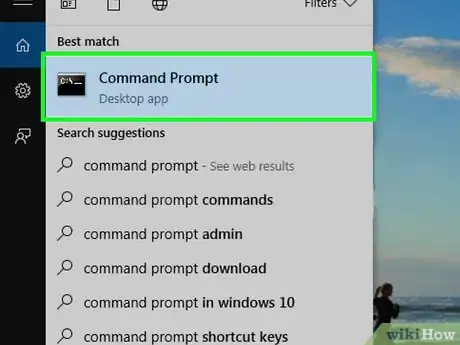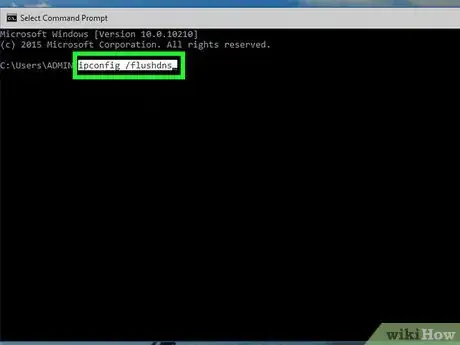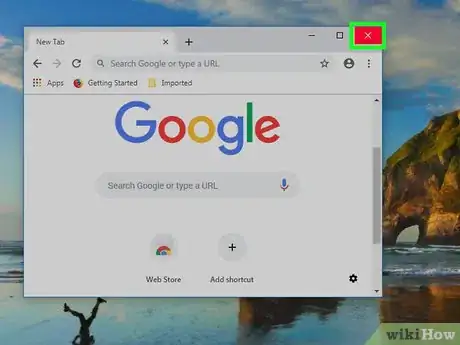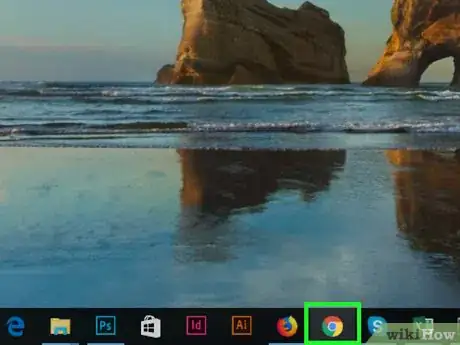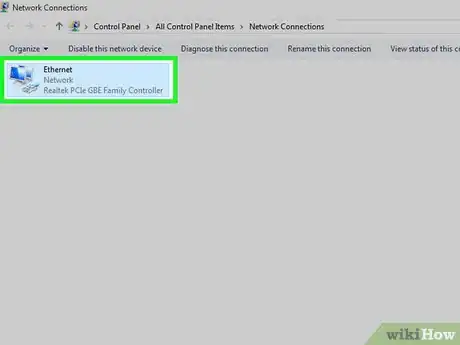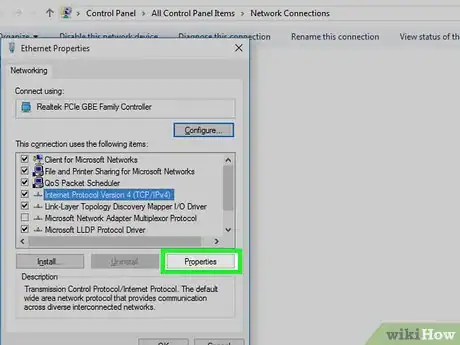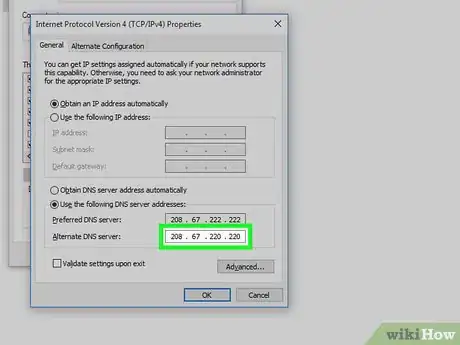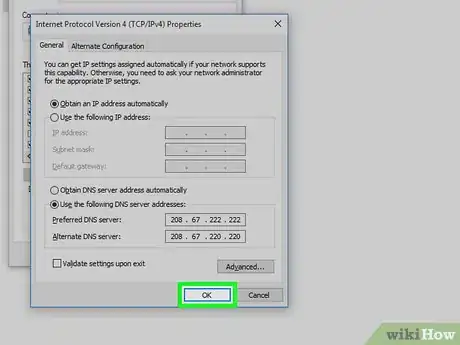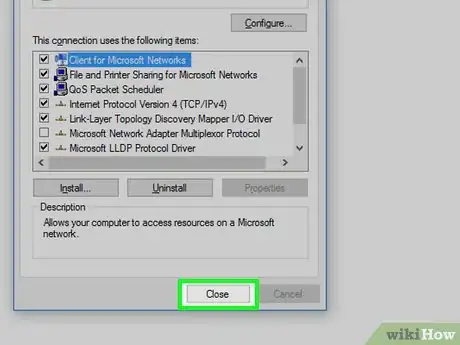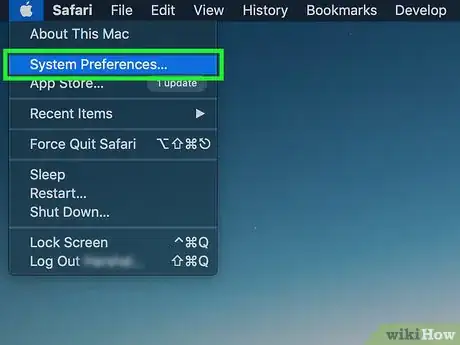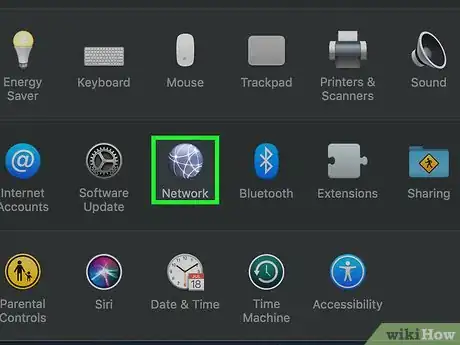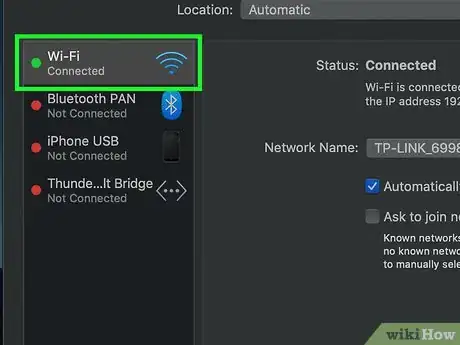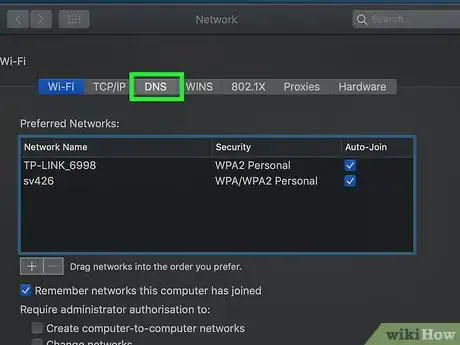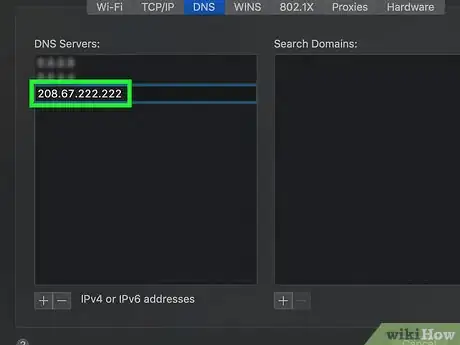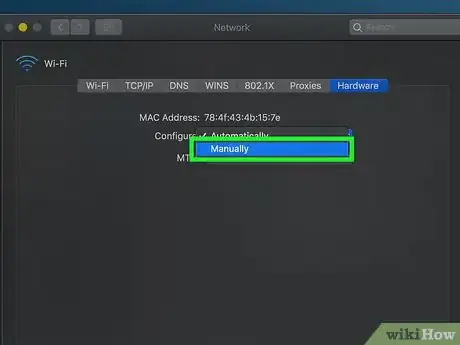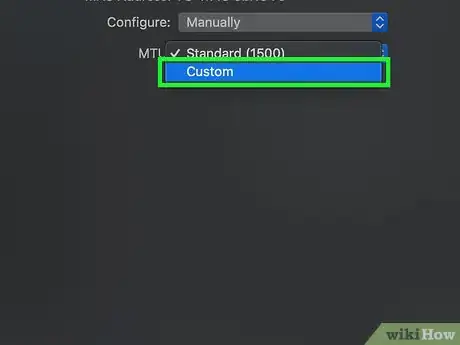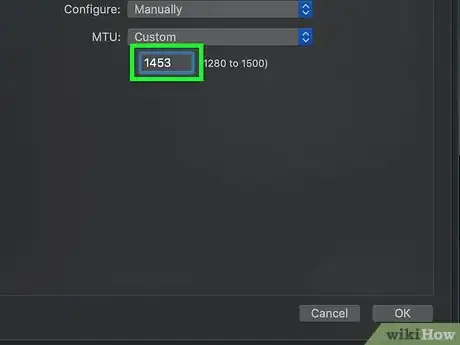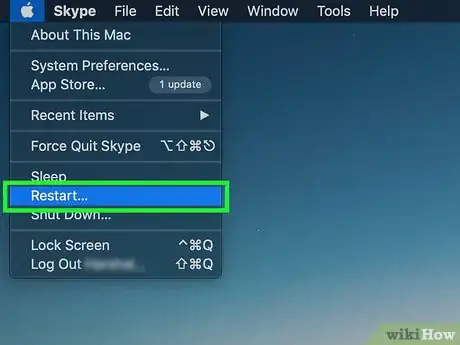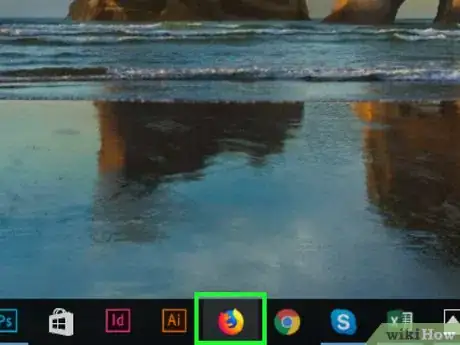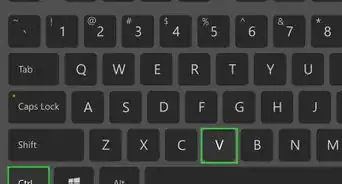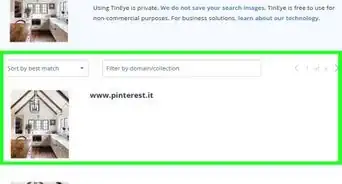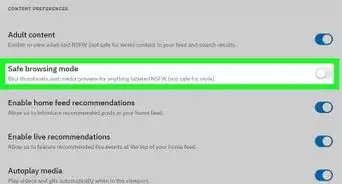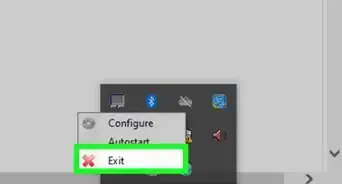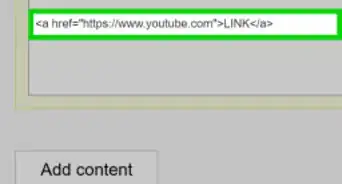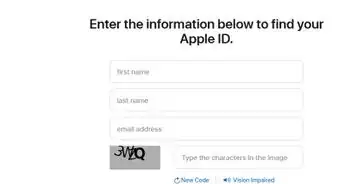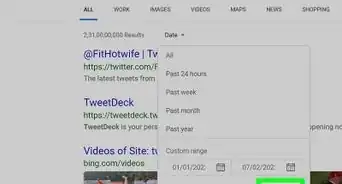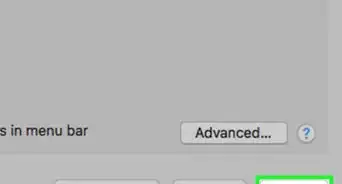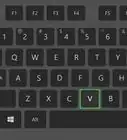This article was co-authored by Luigi Oppido and by wikiHow staff writer, Jack Lloyd. Luigi Oppido is the Owner and Operator of Pleasure Point Computers in Santa Cruz, California. Luigi has over 25 years of experience in general computer repair, data recovery, virus removal, and upgrades. He is also the host of the Computer Man Show! broadcasted on KSQD covering central California for over two years.
The wikiHow Tech Team also followed the article's instructions and verified that they work.
This article has been viewed 5,538,968 times.
Are you getting DNS errors when you try to browse the web? If your web browser can't translate hostnames into IP addresses, you'll encounter a DNS error and won't be able to connect to websites—frustrating, right? But we're here to help! This wikiHow article will help you troubleshoot your connection, flush the DNS cache, reset your router, and perform other tasks that will help you get back to web browsing in no time.
Steps
Troubleshooting
-
1Try connecting with a different device. If you can connect a phone, tablet, or computer to the network and access the webpage that you're having trouble with on your primary device, the issue is definitively with the device and not the router.
- Not being able to connect with the second device doesn't necessarily mean that the router is the problem.
Tip: If you're having trouble with a specific website, try accessing it using mobile data. If you still can't access the site, the issue is on the site's end.
-
2Try a different browser. This is one of the quickest ways to test your DNS connections. Download a different free browser such as Firefox or Chrome and attempt to connect to the internet; if the problems persist, you can rule out browser problems as the reason for your DNS server not responding.
- If the issues are resolved, uninstalling and then reinstalling your old browser will likely fix the problem.
Advertisement -
3Power cycle your modem and router. This will clear your router's cache and thus may resolve DNS errors. To do so:
- Unplug your modem's power cable as well as your router's power cable.
- Allow both your modem and your router to sit for at least 30 seconds.
- Reconnect your modem and wait for it to come back online.
- Reconnect your router to your modem and wait for it to come back online.
-
4Connect your computer to your router via Ethernet. If you're already using Ethernet, skip this step.
- If you can connect to a web page while using Ethernet, the problem may stem from your router. You'll most likely need to reset it.
- If you can't connect to a web page while connected via Ethernet, your DNS settings may be the problem.
Flushing the DNS Cache
Windows
-
1
-
2Type command prompt into Start. Doing so searches your computer for the Command Prompt app.
-
3Click Command Prompt. It's at the top of the Start window. This will open Command Prompt.
-
4Type in ipconfig /flushdns and press ↵ Enter. This command removes any saved DNS addresses. The next time you try to open a website, a new DNS address will be created.
-
5Restart your web browser. Doing so refreshes your browser's cache. If you can now connect to the webpage you were having trouble with earlier, the problem is resolved.
- If you're still experiencing connection issues, proceed to the next method.
Mac
-
1Open Spotlight . It's in the top-right corner of the screen.
- You can also press ⌘ Command+Space to open Spotlight.
-
2Type terminal into Spotlight. Spotlight will begin searching for Terminal on your Mac.
-
3Click Terminal. It should be the first option at the top of the Spotlight results.
-
4Type this command into Terminal:and press ⏎ Return. This will restart the macOS DNS process.
sudo killall -HUP mDNSResponder
- You may have to enter your administrator password first.
-
5Restart your web browser. This refreshes your browser's cache as well. If you can now connect to the webpage with which you were having issues, the problem is resolved.
Disabling Extra Connections
-
1Open your computer's Network Settings.
- On Windows: Open Start , click Settings , click Network & Internet, and click Change adapter options.
- On Mac: Open the Apple menu , click System Preferences, and click Network.
-
2Look for extra connections. You can remove any connection to which you aren't currently connected; this includes Bluetooth and wireless connections.
- The most common cause for DNS issues is the existence of "Microsoft Virtual WiFi Miniport Adapter".[1]
-
3Select an extra connection. Simply click a connection to select it.
- On Windows, each icon on the page represents a connection.
- On Mac, the connections are on the left side of the window.
-
4Remove the connection. To do so:
- Windows - Click Disable this network device at the top of the window.
- Mac - Click the minus sign (-) at the bottom of the network window.
-
5Try visiting a webpage. If you can access your webpage, then the issue is resolved. If not, proceed to the next method.
Editing the DNS Server
Windows
-
1Click your current connection's name. It will be on the Connections page. This will select it.
-
2Click Change settings of this connection. This button is in the top row of options in the window. Clicking it will open the connection's settings.
-
3Click the "Internet Protocol Version 4 (TCP/IPv4)" result. It's in the window that's in the middle of the Wi-Fi Properties pop-up. Doing so will select it.
- If you don't see this window, click the Networking tab at the top of Wi-Fi Properties.
EXPERT TIPLuigi Oppido is the Owner and Operator of Pleasure Point Computers in Santa Cruz, California. Luigi has over 25 years of experience in general computer repair, data recovery, virus removal, and upgrades. He is also the host of the Computer Man Show! broadcasted on KSQD covering central California for over two years.Computer & Tech Specialist
 Luigi Oppido
Luigi Oppido
Computer & Tech SpecialistOur Expert Agrees: If you restart your router and modem and you still don't have internet, go into the adapter settings for your device in your Control Panel or System Preferences, and double-click on your IPV4 settings. In that window, double-click on the TCP-IP settings and make sure everything is set to automatic. If it is and you're still not online, contact your ISP.
-
4Click Properties. This option is near the bottom of the window.
-
5Check the "Use the following DNS server addresses" circle. It's near the bottom of the Properties window.
-
6Enter a preferred DNS address. This goes in the "Preferred DNS server" field near the bottom of the window. Reliable DNS servers include the following:
- OpenDNS - Enter 208.67.222.222.
- Google - Enter 8.8.8.8.
-
7Enter an alternate DNS address. This goes in the "Alternate DNS server" field below the first field. Depending on what you entered in the "Preferred" field, what you enter here will vary:
- OpenDNS - Enter 208.67.220.220.
- Google - Enter 8.8.4.4.
-
8Click OK. Doing so saves your DNS settings.
-
9Click Close. It's at the bottom of the window.
-
10Restart your computer. Once your computer finishes booting up, you can test your network connection; if it works now, your computer's default DNS server was the problem.
- If your computer can connect, consider calling your Internet Service Provider to notify them about the DNS issues.
- If you still can't connect, proceed to the next method.
Mac
-
1
-
2Click System Preferences. You'll find it near the top of the Apple drop-down menu.
-
3Click Network. This globe-shaped icon is in the System Preferences window.
-
4Click your current Wi-Fi network. It's in the pane on the left side of the window.
-
5Click Advanced. You'll find this near the middle of the window.
-
6Click the DNS tab. It's at the top of the window.
-
7Click +. This option is below the DNS Servers window.
-
8Enter a DNS server address. OpenDNS and Google both have reliable, quick DNS servers:
- Google - 8.8.8.8 or 8.8.4.4.
- OpenDNS - 208.67.222.222 or 208.67.220.220
-
9Click the Hardware tab. It's on the far-right side of the tabs at the top of the window.
-
10Click the "Configure" box, then click Manually. This box is near the top of the Hardware page.
-
11Click the "MTU" box, then click Custom. The "MTU" box is below the "Configure" box.
-
12Type 1453 into the text field. It's below the "MTU" box.
-
13Click OK. It's at the bottom of the page.
-
14Click Apply. This button is at the bottom of the page. Doing so saves your settings and applies them to your current Wi-Fi network.
-
15Restart your computer. Once your computer finishes booting up, you can test your network connection; if it works now, your computer's default DNS server was the problem.
- If your computer can connect, consider calling your Internet Service Provider to notify them about the DNS issues.
- If you still can't connect, proceed to the next method.
Resetting the Router
-
1Find your router's "Reset" button. This button is usually on the back of the router.
- You'll usually need a needle, a paperclip, or a similarly thin item to press the "Reset" button.
- Resetting your router will also disconnect every device you have connected to the router.
-
2Press and hold the "Reset" button. Hold it for at least 30 seconds to ensure that the router completely resets.
-
3Connect to your network. Use the factory password that's printed on the bottom of your router to complete the connection.
-
4Try accessing the website you were having trouble with. If you still can't connect to the Internet or access the site you're trying to use, it's time to contact your Internet Service Provider to make them aware of the DNS issues you're facing.
- If resetting the router does indeed resolve the DNS issues, consider picking up a newer router if yours is more than a couple of years old.
Community Q&A
-
QuestionWhere do I enter the D.N.S. server?
 Community AnswerIn Network Connections in your WiFi or in Ethernet properties under internet protocol version 4 (TCP/IPv4).
Community AnswerIn Network Connections in your WiFi or in Ethernet properties under internet protocol version 4 (TCP/IPv4). -
QuestionWhat do I do if I have done everything on the list, but when I open my browser, it still says DNS cannot be found?
 Community AnswerWait. Your internet provider is most likely having some trouble and their DNS server will not be available until they fix it themselves. If you want to verify this, or find out when the problem will be solved, call them.
Community AnswerWait. Your internet provider is most likely having some trouble and their DNS server will not be available until they fix it themselves. If you want to verify this, or find out when the problem will be solved, call them. -
QuestionMy WiFi is not working on my laptop but still works on my phone. How do I resolve this?
 Community AnswerThese are the steps I have taken to resolve this issue. 1. Connected my laptop to the router with RJ45 cable, and tested a website -- works fine. 2. Removed the cable and tried wireless -- Error. 3. Deleted the wireless profile from my laptop (Network and Sharing Center --> Manage wireless Network --> select the network --> Remove). 4. Wireless network connection and select the wireless --> Enter the wireless password.
Community AnswerThese are the steps I have taken to resolve this issue. 1. Connected my laptop to the router with RJ45 cable, and tested a website -- works fine. 2. Removed the cable and tried wireless -- Error. 3. Deleted the wireless profile from my laptop (Network and Sharing Center --> Manage wireless Network --> select the network --> Remove). 4. Wireless network connection and select the wireless --> Enter the wireless password.
Warnings
- After resetting your DNS cache, your computer will load websites a little bit slower the first time you visit them. This is because your computer is establishing and verifying a new DNS address for the site.⧼thumbs_response⧽
About This Article
To fix a DNS server not responding problem, try reaching the site with another device like a phone, since if this works you’ll know that the issue is with your other device. Alternatively, try to visit the site using a different web browser, such as Firefox or Chrome. If this works, try uninstalling and reinstalling your original browser to solve the problem. You could also try power cycling your modem and router by disconnecting them and letting them sit for at least 30 seconds. Then, reconnect them to the power supply, wait for them to reload, and try the website again. As another option, try connecting your device to the router with an Ethernet cable, since if you can access the site via the Ethernet it shows you have a problem with your wireless router. If this is the case, reset your router to resolve the issue. For tips on how to flush the DNS cache, read on!






